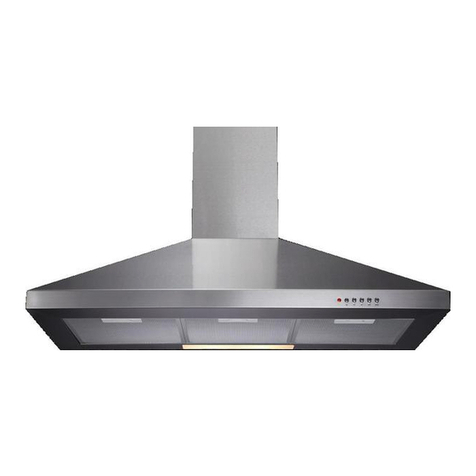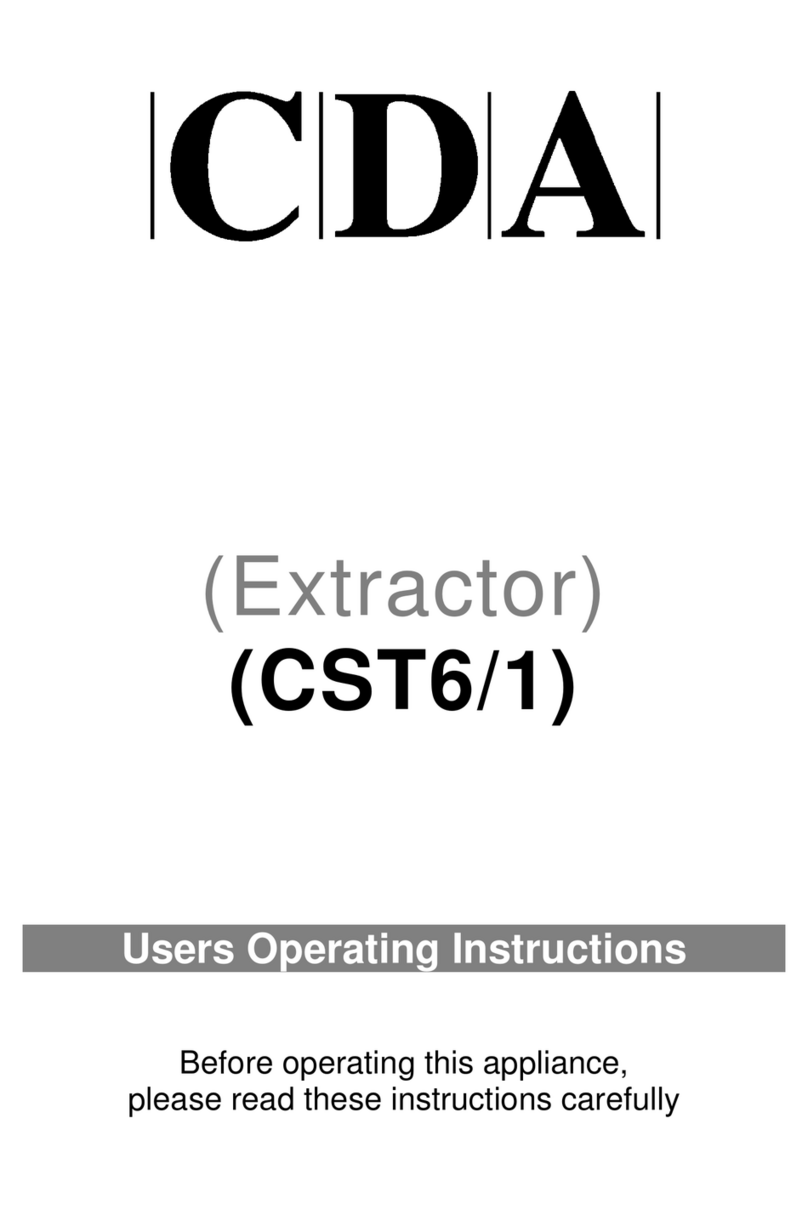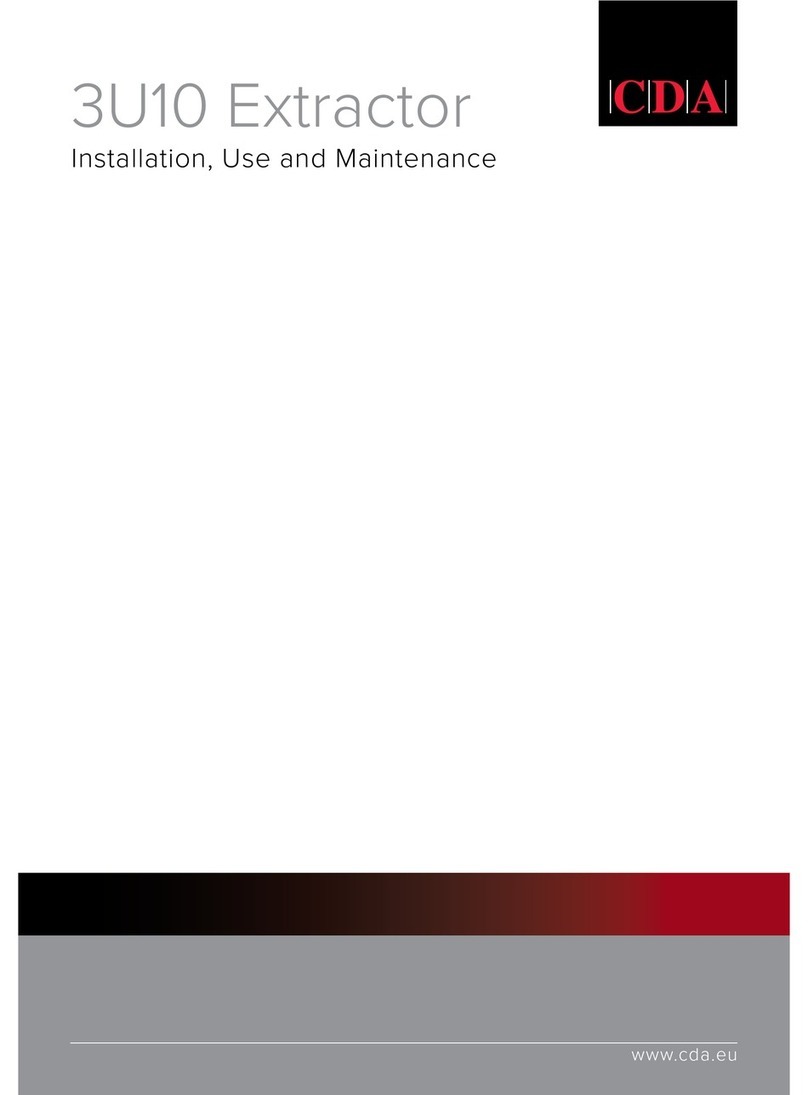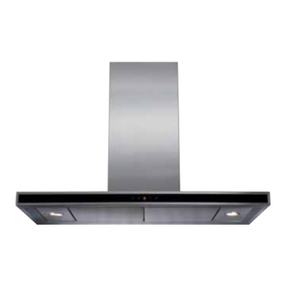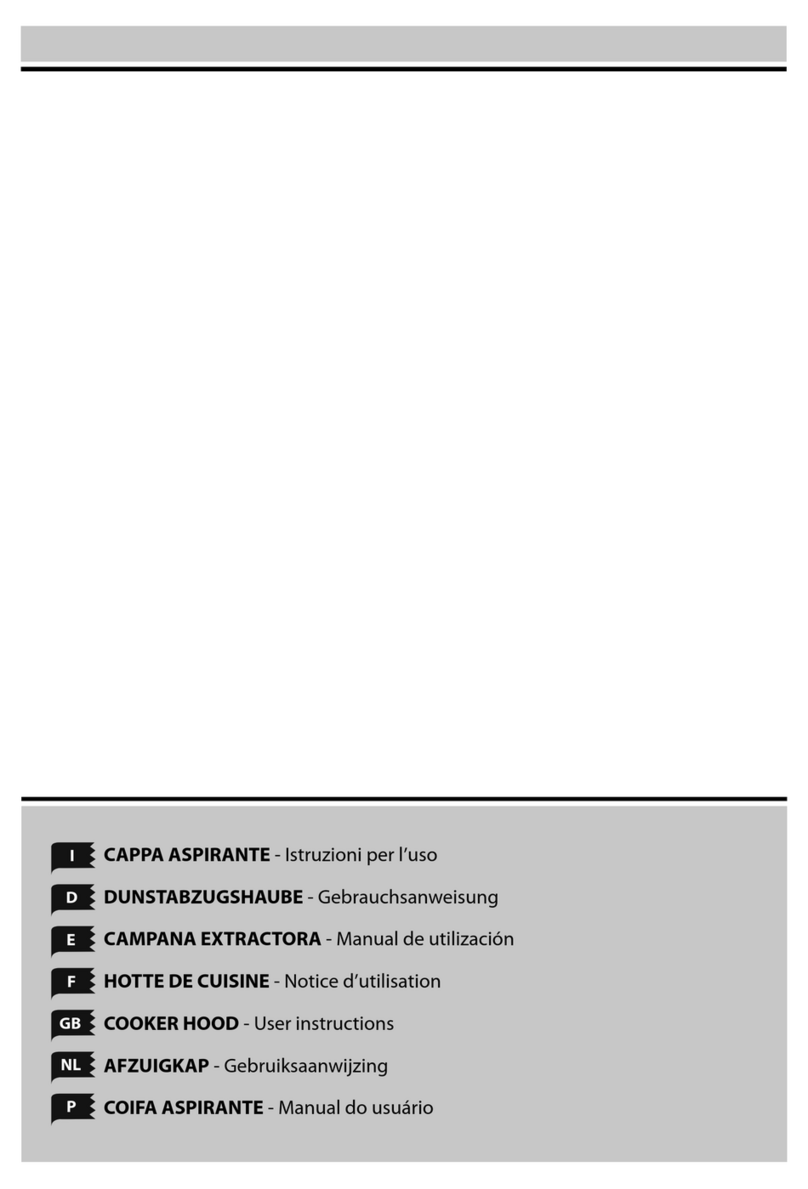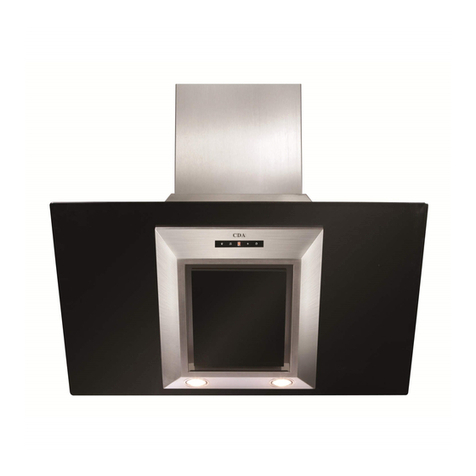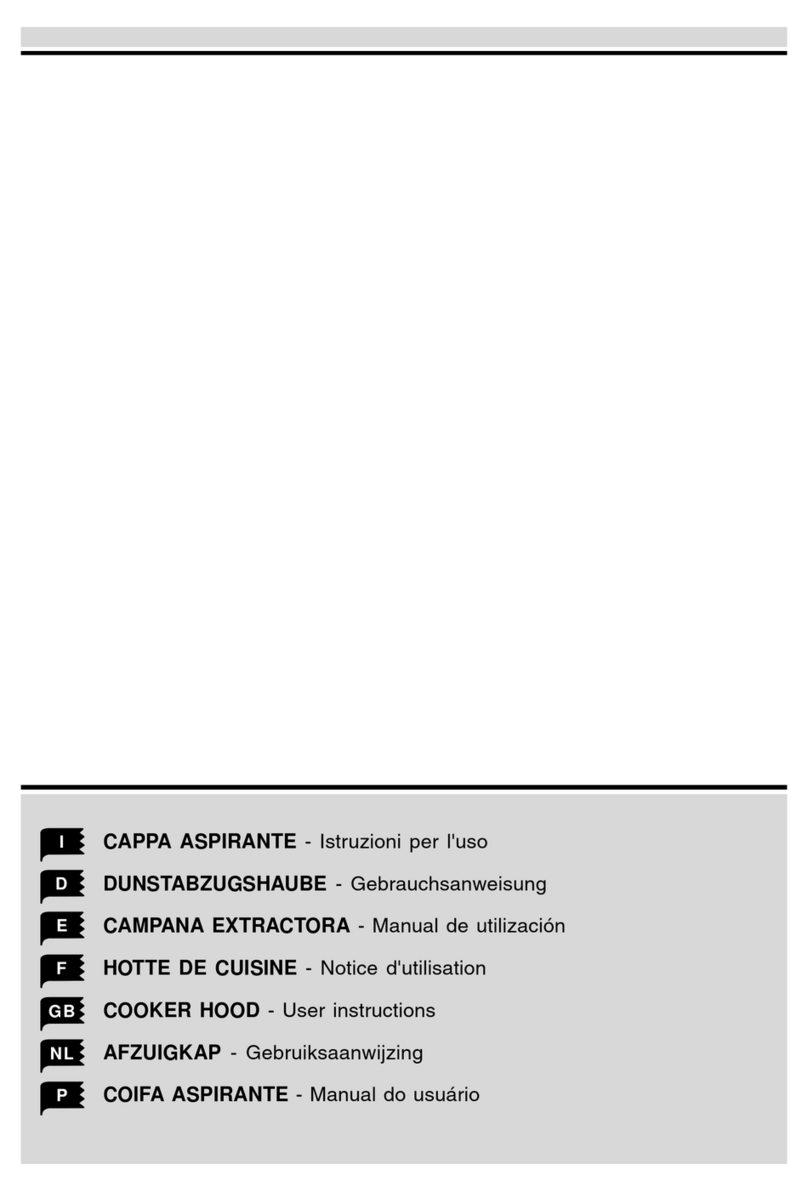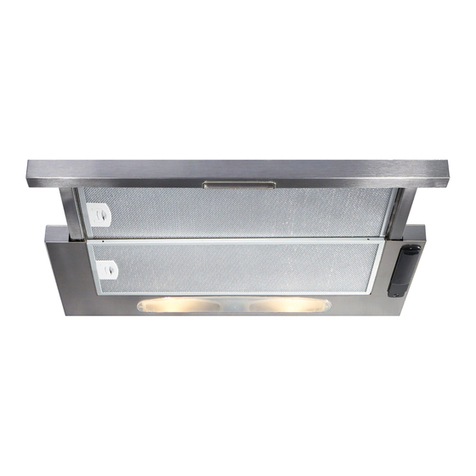CDA ECNK90 Quick start guide
Other CDA Ventilation Hood manuals
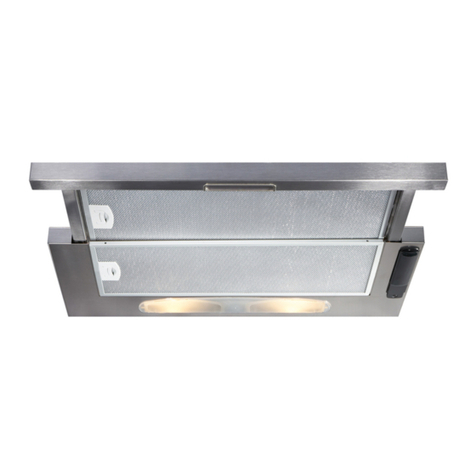
CDA
CDA CTE Series Reference manual

CDA
CDA CPXI9 Reference manual
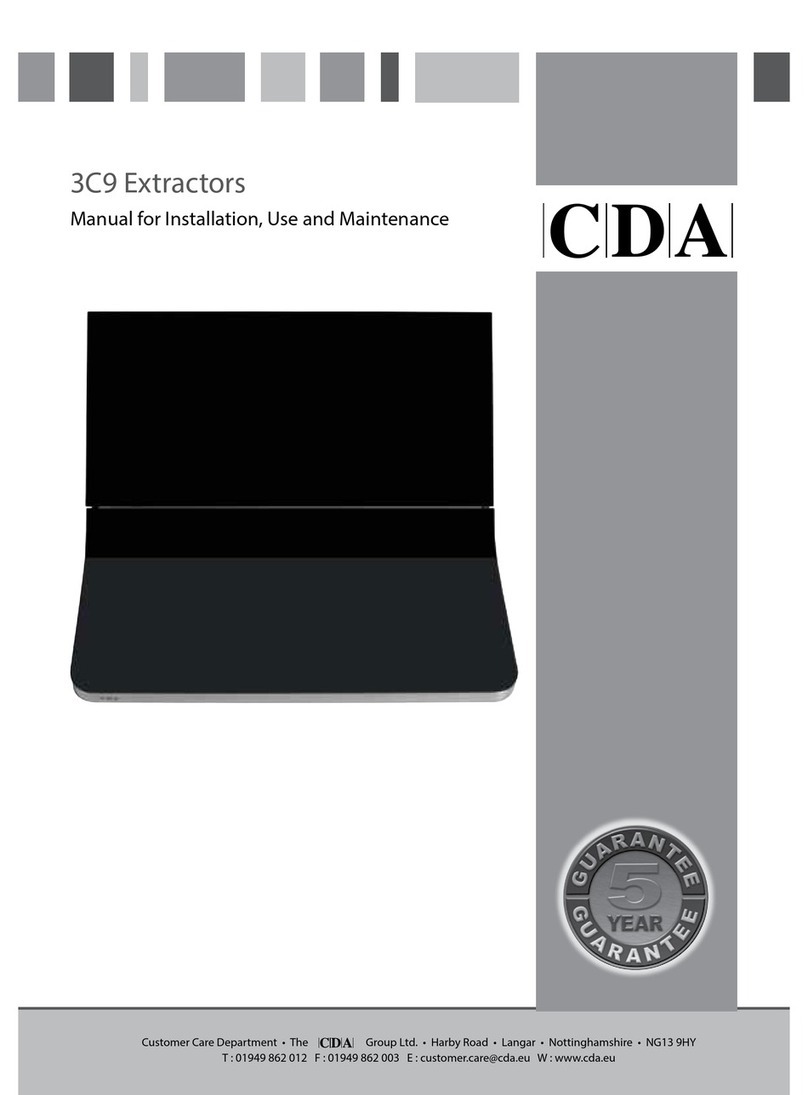
CDA
CDA 3C9 Extractor Reference manual
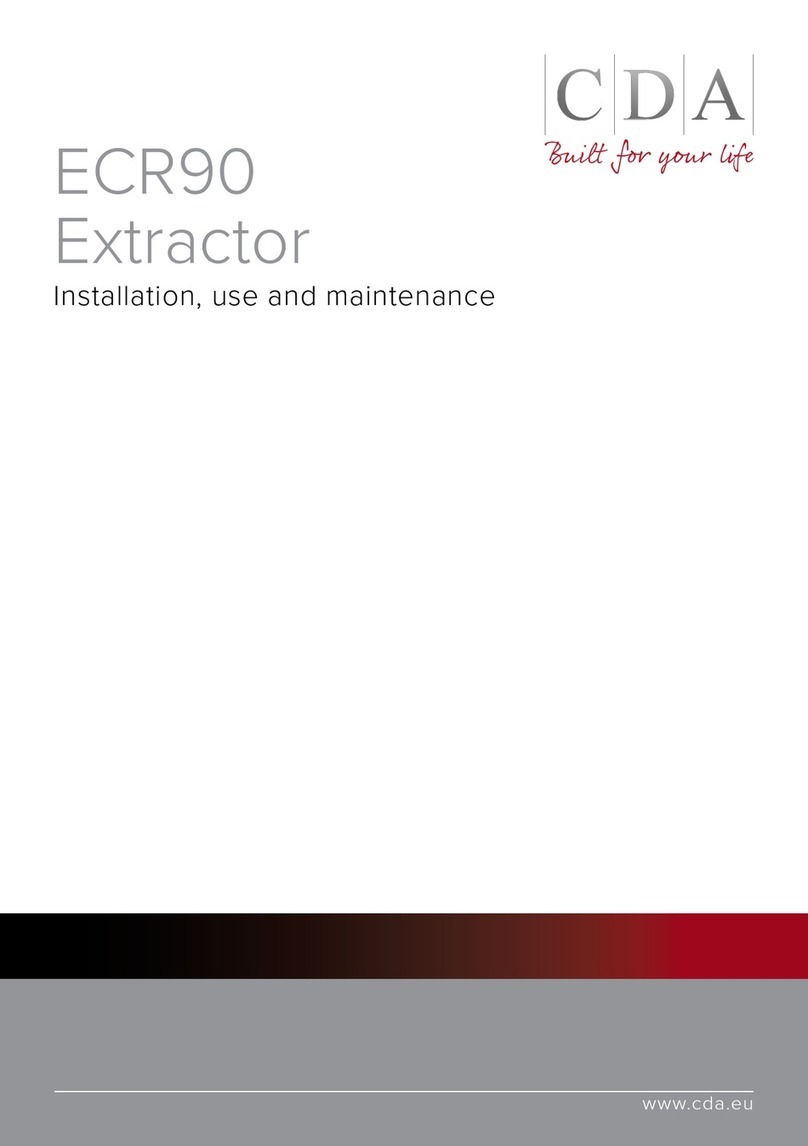
CDA
CDA ECR90 Quick start guide

CDA
CDA CIN6 Reference manual

CDA
CDA EVPC91 Quick start guide

CDA
CDA 3L9 Reference manual
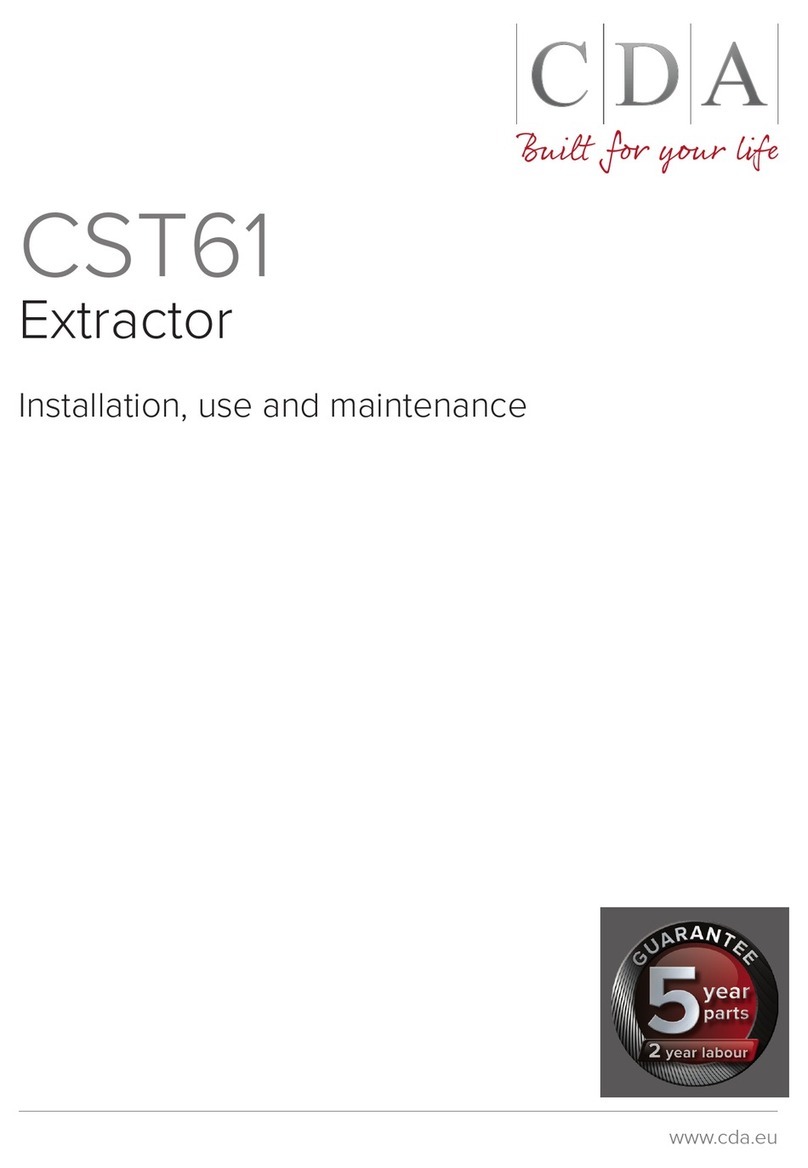
CDA
CDA CST61SS Quick start guide

CDA
CDA EVX101 Quick start guide

CDA
CDA EVPK9 Reference manual
Popular Ventilation Hood manuals by other brands

Gorenje
Gorenje S3 IHGC963S4X manual

KOBE
KOBE ISX2136SQB-1 Installation instructions and operation manual

U.S. Products
U.S. Products ADVANTAGE-100H Information & operating instructions

Kuppersberg
Kuppersberg DUDL 4 LX Technical Passport

Framtid
Framtid HW280 manual

Thermador
Thermador HGEW 36 FS installation manual
